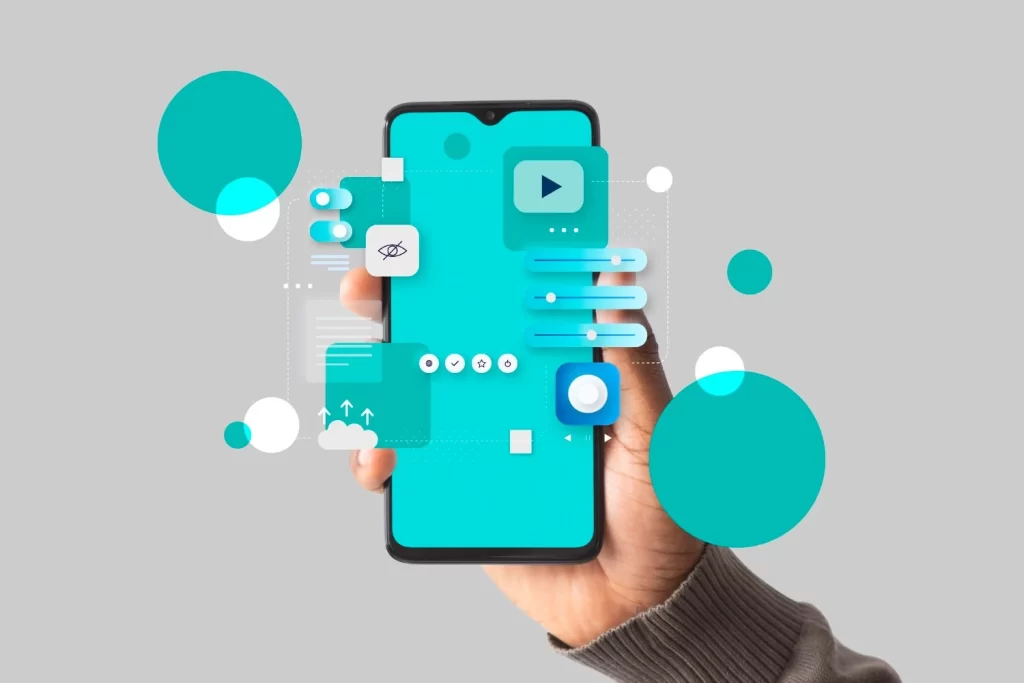The Rise of Audio and Video Localization
Multimedia has become the universal language in the era of globalization of content and ever-evolving technology. The exponential growth of localized video content and interactive media has increased the demand for multimedia content. As multimedia content businesses seek acceptance among global audiences in international markets, they must adapt their audio and video content to the linguistic and cultural contexts of the local cultures of different regions. In this article, we’ll explore the rising trends in audio and video localization, the challenges faced in this process, and the innovative techniques and technologies used to make audio-visual localization more accurate and engaging. Video Localization: Adapting Videos for New Audiences Video localization is the practice of adapting video content to the norms and contexts of a local culture. It has become an effective form of communication and is a great way to reach audiences speaking different languages.With the growing popularity of audio-visual content around the world, media companies can engage better with a global and multilingual audience and gain a competitive advantage in the global markets by localizing video content in multiple languages that speak to a specific audience. Localized videos can also rope in the target audience and retain them, thereby increasing brand loyalty as well as revenue and sales for the company. Elements of Video Localization Video and multimedia localization is all about incorporating audio-visual elements in the correct ratio. Here are the five key features of video localization. Video Subtitles & Captions Subtitles are, essentially, translations of spoken audio, which are the parts of the original script. On the other hand, captions are superimposed texts at the bottom of a video that communicates speech and non-speech sounds like music and sounds. Both subtitles and captions can be translated into multiple languages. Adding subtitles and captions can increase engagement and are a more cost-effective way to reach a wider audience than dubbing. Captions are an excellent addition for hearing-impaired viewers. Dubbing Audio dubbing involves replacing the original audio with a dubbed or translated audio of the target language. This works best for videos where there is only one speaker and only a few people engaging in conversations. Voiceover Voiceover is famously known for offscreen commentary or narration of video content. It requires professional translation services to translate the original video and, record the script in the target language, and edit it on top of the new video. Metadata Metadata is information about the video used to label and categorize its content. It includes titles, meta descriptions, tags, transcript, and sitemap. Sitemaps help search engines index the video. Incorporating these elements in your localized videos can help improve traffic from the target audience and increase ranking in the target language. Video Localization vs. Video Translation You may wonder if video localization sounds similar to video translation, but are they the same? While video translation involves reproducing the script and adapting it to the target language, video localization consists in adapting the content to the cultural references or norms in the local language. Thus, video translation may not always count for cultural differences. Video translations can be achieved using artificial intelligence (AI). Unlike translation, video localization requires the effective collaboration of translation experts to produce a culturally authentic final product. Benefits of Successful Video Localization While video translation can greatly impact your marketing videos, video localization can further enhance the impact of multilingual content. Here are three major benefits of video localization. Improves International Search Engine Optimization Efforts According to forecast data, about 81% of website traffic comes from videos. Localizing video content can drive more traffic to your website, win more backlinks, boost ranking, enhance user experience, and increase conversions. Localized videos allow you to benefit from different language variant searches for a related query. Reinforces International Brand Image Given the widespread popularity, localized videos help bring your brand to a new audience. Through video localization, you can reinforce your brand recognition and drive revenue from global markets. Enhances Accessibility With the various audio-visual elements, you can cater to a wide range of consumers, especially deaf and blind users in their native language. These video localization services can make your video content more reliable and increase video consumption. Challenges in Video Localization While video localization has several benefits, several challenges can arise during a video localization project, such as: Lip Syncing One of the most significant challenges faced during video localization, particularly while dubbing, is to ensure accuracy through lip movements. Lip-syncing creates a natural viewing experience. Using advanced technology, such as artificial intelligence-driven lip-syncing, can help overcome this problem. Tone of Voice Every language carries specific cultural nuances, emotions, and humour. To appeal to the target audience, it is important to hire skilled translators and localization experts to undertake this responsibility. Visual Cues Most multimedia content relies on visual cues like on-screen text or graphics. These elements must be adapted to the new language, which can be quite challenging to achieve. Video Localization Tips: Developing a Strategy Given all the elements involved, it is important to develop a video localization strategy before adapting any content. Here are a few tips to get started: Consider Cultural Preferences When Scripting It is imperative to consider the cultural norms of the target audience to avoid misinterpretations and miscommunication. Always remember that what’s acceptable in one culture may not be right in another. Mind the On-screen Text It can be challenging to redesign on-screen graphics in another language. You can create a style guide that keeps the language simple and limits the number of words on the screen. Limit the Number of Speakers Limit the number of speakers on video to reduce localization costs. Consider using offscreen voiceover artists to minimize dubbing issues for on-screen speakers. Plan Ahead to Add Subtitles & Captions Leave space at the bottom of the video to make space for captions and subtitles. Also, make sure that the video’s audio is synced to the subtitles and captions used. Expand Your Global Reach with Video Localization Today Video localization is
















